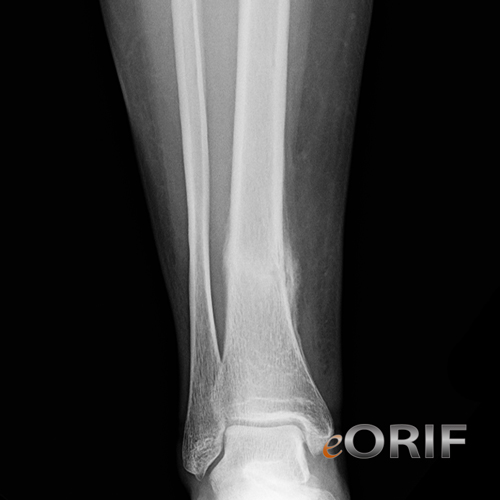 Volleyball players are prone to more extensive injuries than muscle strains or body aches, it is possible for stress fractures to develop over time. Unlike muscle strains, stress fractures are a bit more difficult to detect and take a lot longer to heal. They are likely to happen in volleyball players due to the repetitive jumping motion that puts an excessive load on various joints in the body.1
Volleyball players are prone to more extensive injuries than muscle strains or body aches, it is possible for stress fractures to develop over time. Unlike muscle strains, stress fractures are a bit more difficult to detect and take a lot longer to heal. They are likely to happen in volleyball players due to the repetitive jumping motion that puts an excessive load on various joints in the body.1
The most common sites for stress fractures in volleyball players are the anterior tibialis, fifth metatarsal, first metatarsal sesamoids, medial malleolus, and tarsal navicular, just to name a few locations.1 As I mentioned before, excessive jumping is the most common mechanism of injury for a stress fracture.1 Muscles are referred to as the shock absorbers during landing but when the muscles become fatigued it puts an even greater load directly on the bone.2 However, a sudden increase or change in the workout load or regimen can create stress reactions within the bone that then lead to stress fractures.1 The most common symptoms pertaining to stress fractures are point tenderness, pain, and swelling over the site of injury.1 Once these types of signs and symptoms surface, a doctor’s visit is usually necessary to rule out any major damage.
 The key to healing from a stress fracture is to take the load off of the injured site before the injury turns into a true complete fracture in the bone. Treatment options are normally focused on pain control, limiting weight bearing of the injured leg, and modalities to promote bone healing.1 Time is a great tool to have to help rest and recover before the athlete slowly progresses themselves back into their workout routines.
The key to healing from a stress fracture is to take the load off of the injured site before the injury turns into a true complete fracture in the bone. Treatment options are normally focused on pain control, limiting weight bearing of the injured leg, and modalities to promote bone healing.1 Time is a great tool to have to help rest and recover before the athlete slowly progresses themselves back into their workout routines.
In conclusion, stress fractures are sometimes unavoidable but if you can catch the signs early enough you can prevent a detrimental injury from further occurring. Stress fractures take time to heal with adequate rest so if your athlete pushes to come back and play too soon, it may cost them greatly in the end.
References:
1. LouisvilleCatholicSports.com. (n.d.). Retrieved October 1, 2015.
2. www.avca.org/includes/media/docs/preventing-volleyball-injuries.pdf (n.d.). Retrieved October 1, 2015.
No comments:
Post a Comment